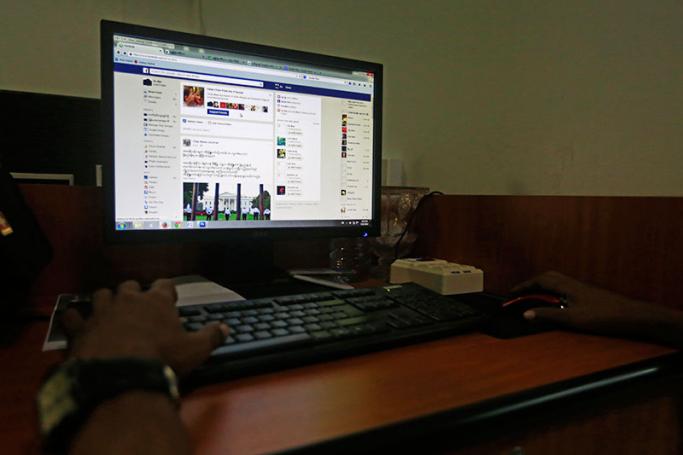It is said that the Vietnam War (or the second Indochina War to be precise), was the first televised war. It is fair to say that the images that appeared on TV screens in the US mobilised anti-war opinion and hastened the end of that war. Similarly, since the freeing and speeding up of the internet about two years ago, Myanmar’s ongoing armed conflict has become the country’s first “Facebook” war. There is now an almost daily dose of bloody, poignant, and occasionally grisly images of the consequences of a war that defies resolution. One might hope that these incessant reminders could play the same role that TV did in the US over forty years ago. But it has to be cautioned that while TV was one-way, social media is multi-sided and interactive. It can unite opinions and people, as well as divide. Censorship, even if practicable, is out of the question (please note I’m not advocating for it). So we are left to our own devices (I don’t mean equipment) and there is precious little to fall back on.
A new technology has suddenly burst upon the scene, quite literally. Besides presenting graphic images of death and suffering, social media has spawned a good deal of introspection, frustration and anger, largely from the retired military. It underscores what I have maintained all along – that the war is going badly for government forces, for a number of reasons. Feelings are running high, and it would be in the country’s interests for people like the new state counsellor, Aung San Suu Kyi, to start to exercise more damage control. For this, more effort is required than just setting up a fan page.
As for the peace process, up to now sadly, it has been run along the lines of a somewhat shady business enterprise. Hopefully, this will change. Quite an elaborate structure has been put in place. But however properly this is done, the impression that needs to be imparted is that there will be no capitulation by anyone, and it is to be an honourable peace. If weakness is sensed on either side, demands will grow to unreasonable extents.
It would be useful (and elicit a lot of insight) if we worked backwards from the goal. The common assumption is that if peace or something nearest to it were achieved, it would be a ‘happily-ever-after’ scenario. This country relied upon that kind of assumption at independence and again at the reviving of democracy. We have to be very realistic and prepare for the moment peace and federalism is achieved. Does this sound counter-intuitive and am I worrying too much? The facts and the trends speak otherwise. Ethnic identities and assertiveness and ethno-nationalisms have re-surfaced and clashed in more than one instance. Many if not all ethnic groups have armed elements in addition to political parties. More than achieving peace, keeping that peace is going to require a huge task. Who will maintain that peace?
I would expect that my own credentials are clear. So let me unroll what could be an unpopular question – won’t the country need the armed forces at that future time? Yes, there is talk about setting up federal armed forces, but that too will take time and trust and patience. In the meantime, there is to be a period, perhaps of some years, during which hostilities have ceased. We are to fervently hope that the Facebook pictures will act as an added impetus in bringing about what the country longs for most of all.
Khin Zaw Win is the Director of the Tampadipa Institute and a Myanmar political analyst
You are viewing the old site.
Please update your bookmark to https://eng.mizzima.com.
Mizzima Weekly Magazine Issue...
14 December 2023
Spring Revolution Daily News f...
13 December 2023
New UK Burma sanctions welcome...
13 December 2023
Spring Revolution Daily News f...
12 December 2023
Spring Revolution Daily News f...
11 December 2023
Spring Revolution Daily News f...
08 December 2023
Spring Revolution Daily News f...
07 December 2023
Diaspora journalists increasin...
07 December 2023
Landslides kill 12 as monsoon batters refugee camps












